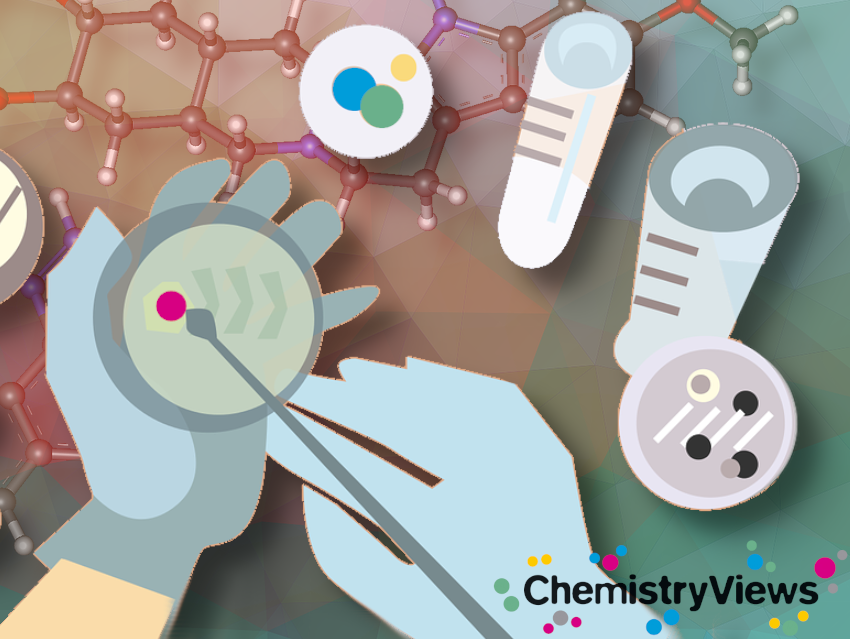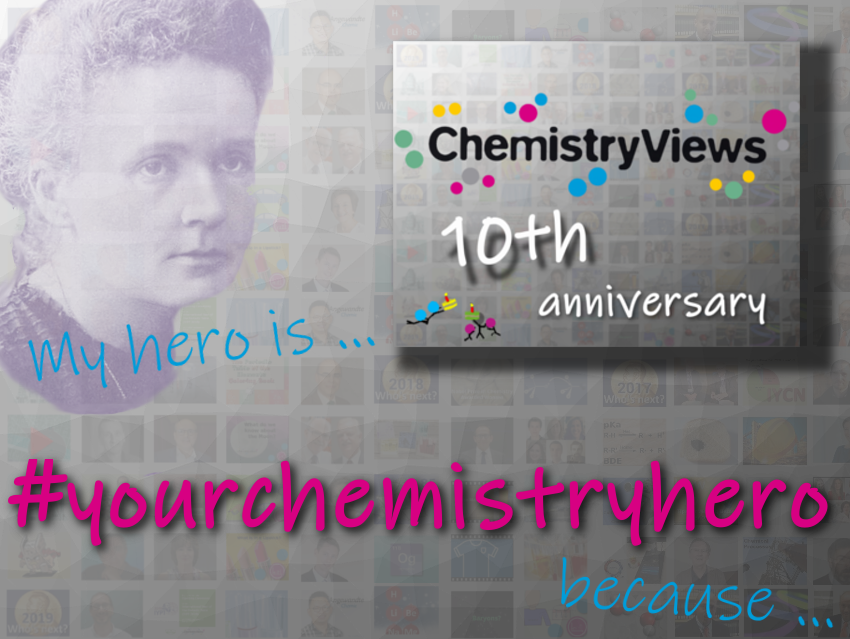Highlights from the chemistry community, with a special focus on Europe
Guess the Chemist
The scientist in question this month experimented with chemicals for photography in their pharmacy, the “Green Pharmacy,” improving their purity and developing methods for their industrial production. They later founded a chemical factory, but remained actively involved in science. They were a co-founder of the German Chemical Society.
Understanding Bioluminescence
There is terrestrial and marine bioluminescence. In Europe, we know terrestrial bioluminescence from a summer night lit by fireflies in local meadows, but there are also bioluminescent fungi in the Atlantic rainforest of Brazil and many other organisms. Examples of marine bioluminescence include deep-sea glowing jellyfish and Toyama Bay’s dinoflagellates. Even bacteria can emit light and share this ability with other organisms through symbiotic relationships. The German scientists Stefan Schramm and Diter Weiß present each organism’s bioluminescence in its historical, ecological, and geographic context, examining the underlying chemical reactions.
Smelling the Chemistry
Portuguese researcher Marta C. Corvo uses a simple experiment to show how small differences in molecular structure can lead to very different properties. In a hands-on experiment with peppermint, caraway and coffee infusions, she demonstrates the differences between R- and S-carvone. These mirror-image molecules produce different scents: R-carvone is minty, while S-carvone is spicy.
![]() QUÍMICA (in Portuguese)
QUÍMICA (in Portuguese)
Stay On Top of Your Email Flow
Isabelle Kohler suggests several strategies for managing email effectively. These include using email filters to sort incoming messages automatically, immediately responding to emails that take two minutes or less, and scheduling specific times for handling email while avoiding her most productive hours. Additionally, she recommends setting regular intervals to disconnect from her inbox and using ChatGPT to draft lengthy email responses, though she believes AI could improve further.
Animal Impacts on Ecosystems
The new field of zoogeochemistry is the study of how animals affect nutrient cycling and carbon flows in ecosystems through behaviors such as foraging and defecation, which can significantly change their environment. Although an emerging field, zoogeochemistry provides insight into species-driven environmental change, helping researchers balance efforts to reduce climate change and restore ecosystems. In the Mara River basin in Kenya, for example, US ecologist Chris Dutton is studying how hippos can affect nutrient cycles by altering the chemistry of water bodies where they cool, potentially contributing to carbon emissions.
Bioaerogel Pilot Plant
The largest pilot plant for bioaerogel production has been established by the German startup aerogel-it GmbH at the Technical University of Hamburg-Harburg (TUHH). The plant aims to test methods to reduce industrial aerogel production costs, optimize energy usage, and develop new technologies. Initially used in space travel, aerogels are now used as thermal insulation for industrial plants and buildings, as well as carriers for catalysts and active ingredients. Bioaerogels are excellent superinsulation materials as they offer the best mix of high renewable content and energy efficiency.
AI Influence on Scientific Writing
Generative AI, such as ChatGPT, may have been used in about 1% of scientific articles published in 2023. Suspicious AI phrases such as “certainly, here is a possible introduction for your topic” indicate AI assistance in writing articles, but much more common is the use of certain buzzwords and writing tics that are characteristic of AI-generated content such as delve, commendable, intricate, meticulous, pivotal. This raises concerns among scientists. The trend shows a notable increase in AI-influenced language and raises questions about the impact of AI on scientific writing and publishing practices.




